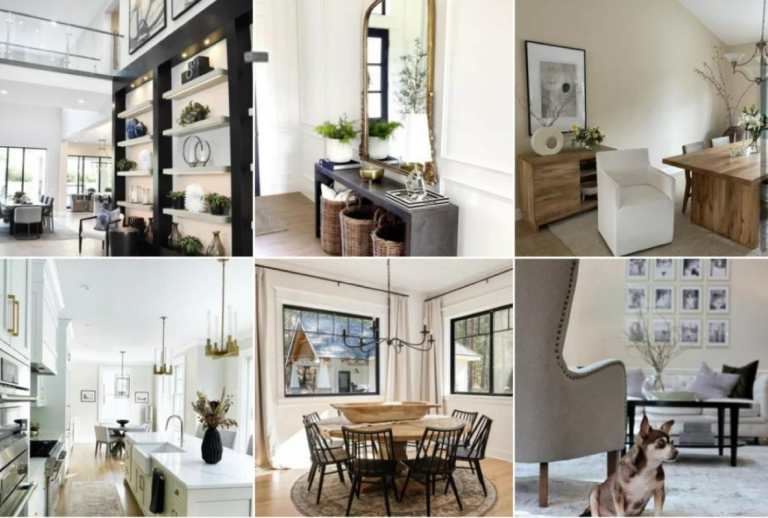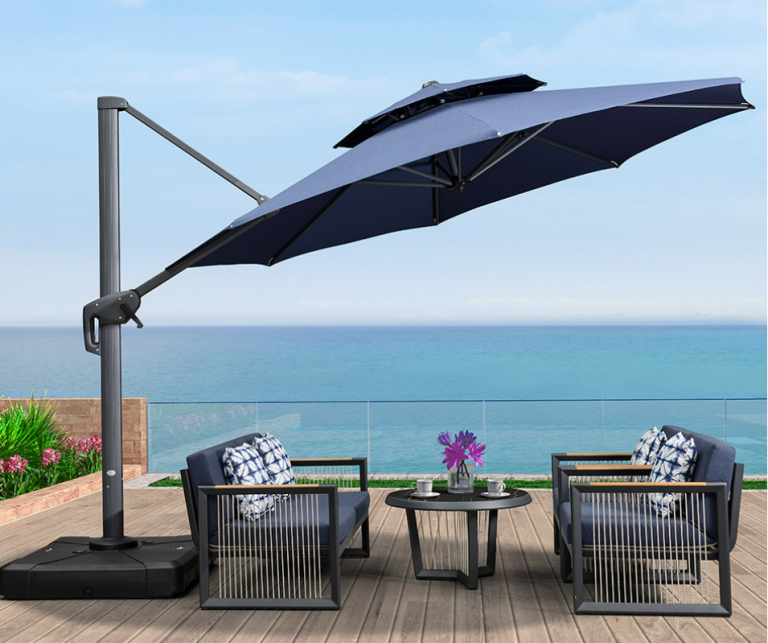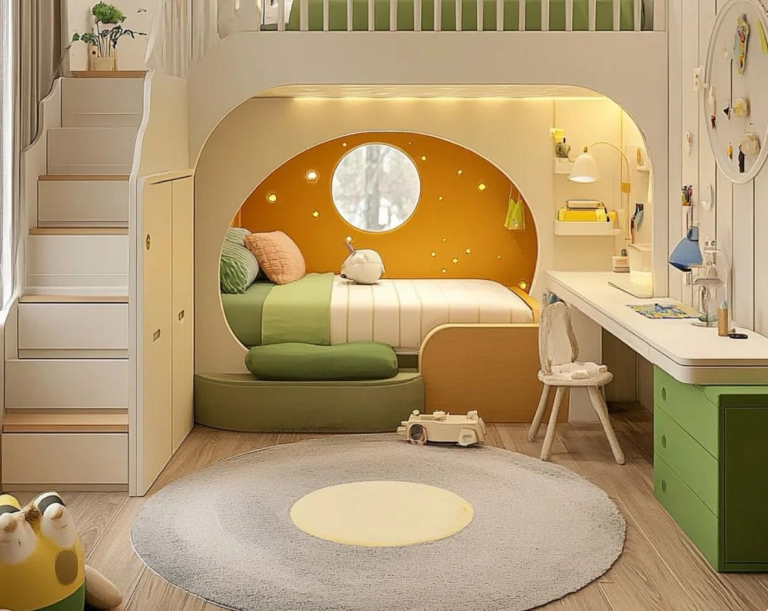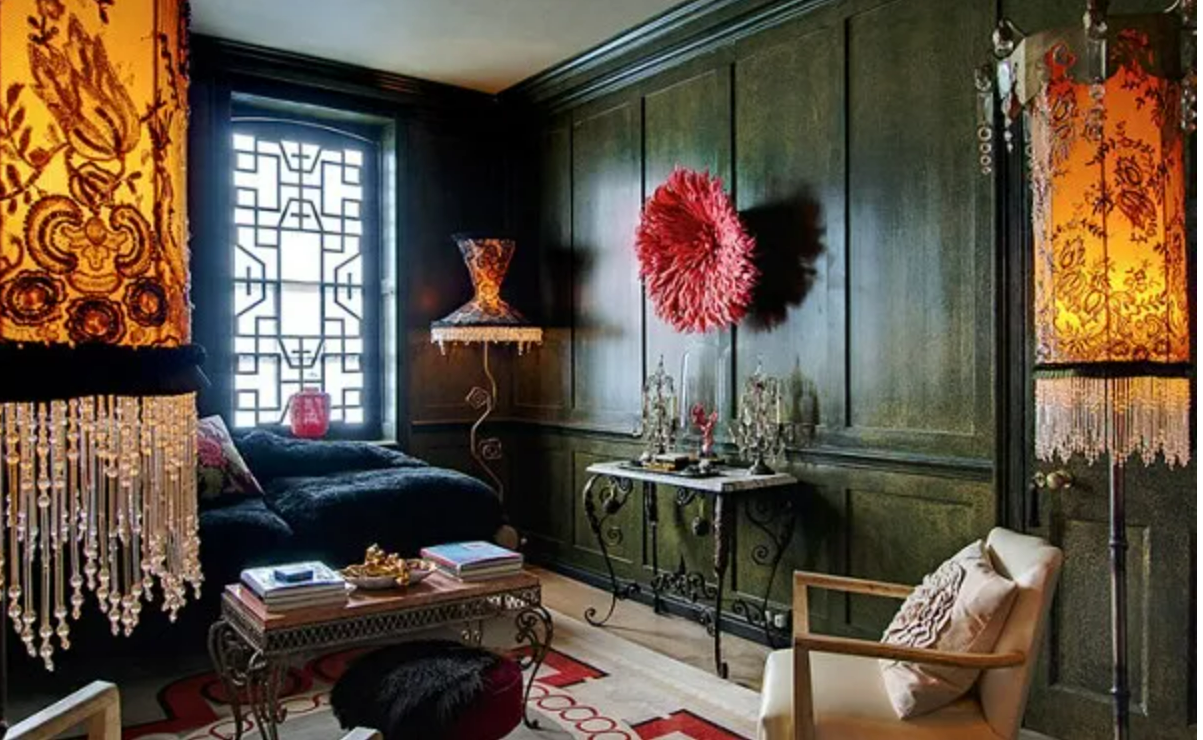
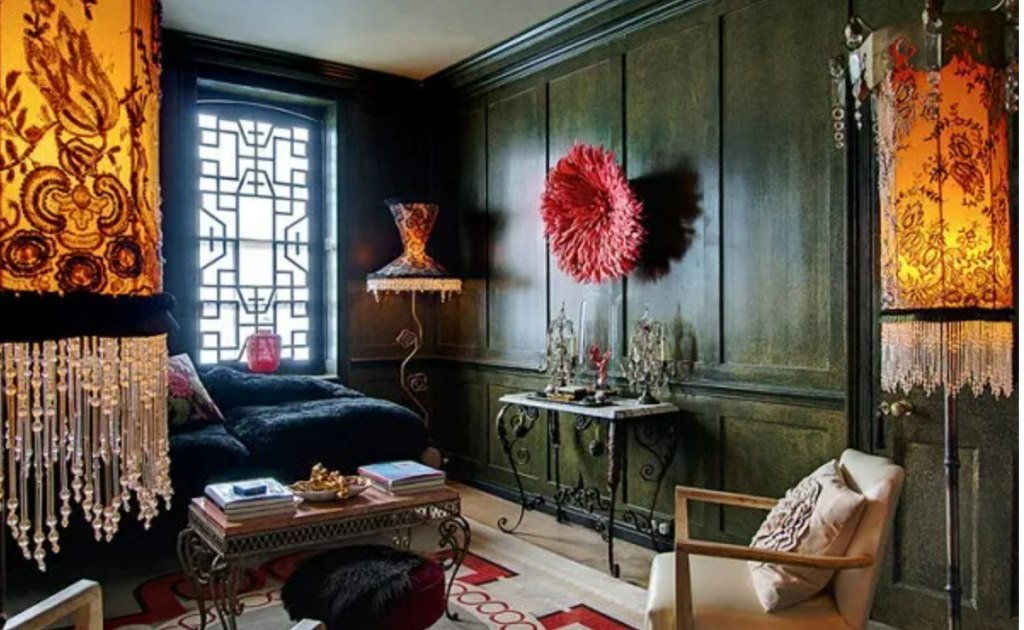
What’s the Appeal of Vintage Furniture? How to Find Your Dream Pieces
Introduction: The Timeless Allure of Vintage Furniture
In a world of mass-produced, cookie-cutter furniture, vintage pieces stand out—not just for their history, but for their unmatched craftsmanship, sustainability, and soul. Whether it’s a 1950s Danish teak sideboard or a 1920s Art Deco vanity, vintage furniture brings character, quality, and conversation into your home. But what makes it so special, and how can you find the perfect pieces? Let’s dive in.
1. Why Vintage Furniture is Making a Comeback
Sustainability and Eco-Conscious Living
- Reusing > Recycling: Vintage furniture reduces landfill waste and the demand for new resources.
- Lower Carbon Footprint: No new manufacturing means fewer emissions.
Unique Character and Craftsmanship
- Hand-carved details, dovetail joints, and solid wood construction are rare in today’s particleboard era.
- Each piece tells a story—imagine the dinner parties that 1960s bar cart hosted!
2. The Psychological Benefits of Vintage Decor
Nostalgia and Emotional Connection
- Vintage pieces evoke memories (grandma’s rocking chair) or aspirations (a Parisian café table).
- Studies show nostalgic items reduce stress by creating comfort.
The Joy of the Hunt
Scouring flea markets or online listings triggers dopamine—it’s treasure hunting for adults.
3. Key Styles of Vintage Furniture
Mid-Century Modern: Clean Lines and Organic Shapes
- Iconic designers: Eames, Wegner, Saarinen.
- Materials: Teak, rosewood, molded plastic.
Art Deco: Glamour and Geometric Patterns
- 1920s–1940s: Lacquered wood, chrome, mirrored surfaces.
- Look for: Sunburst motifs, stepped designs.
Industrial Vintage: Raw and Functional
- Early 20th century: Factory stools, steel lockers, cast iron.
- Perfect for: Lofts and urban spaces.
4. How to Identify Quality Vintage Pieces
Materials That Stand the Test of Time
- Solid wood (not veneer over particleboard).
- Heavy metals (cast iron, brass) over lightweight alloys.
Signs of Authenticity vs. Reproductions
- Maker’s marks (labels, stamps, serial numbers).
- Hand-cut joinery (machine-cut dovetails are too uniform).
5. Where to Find Vintage Furniture
Thrift Stores and Flea Markets
- Pros: Bargain prices, unexpected gems.
- Cons: Time-consuming; requires patience.
Online Marketplaces and Auctions
- Etsy, Chairish, 1stDibs: Curated selections.
- Facebook Marketplace: Local deals (inspect in person).
Estate Sales and Antique Shops
- Estate sales: Full households = hidden treasures.
- Antique shops: Higher prices but vetted quality.
6. Evaluating Condition: What to Look For
Structural Integrity First
- Wobbly legs? Avoid unless you’re skilled at repairs.
- Drawers should slide smoothly—sticking indicates warping.
Patina vs. Damage: Knowing the Difference
- Patina: Fading, light scratches = charming.
- Damage: Deep cracks, mold, rot = walk away.
7. Restoration Tips for Vintage Finds
When to DIY and When to Call a Professional
- DIY: Cleaning, minor scratches, loose screws.
- Pro: Upholstery, veneer repair, structural fixes.
Preserving Originality While Repairing
- Keep original hardware (don’t replace vintage knobs!).
- Use beeswax polish, not synthetic sprays.
8. Mixing Vintage with Modern Decor
Creating a Balanced Aesthetic
- 70/30 rule: 70% modern, 30% vintage (or vice versa).
- Anchor with neutrals: Let vintage pieces pop.
Statement Pieces vs. Subtle Accents
- Statement: A 1960s credenza in a minimalist room.
- Accent: Vintage brass candlesticks on a modern table.
9. Investment Potential of Vintage Furniture
Pieces That Appreciate in Value
- Mid-century designer items (e.g., Eames lounge chairs).
- Rare Art Deco or Industrial pieces.
How to Spot Undervalued Items
- Look beyond big names: Lesser-known designers can be steals.
- Check auction archives for price trends.
10. Common Mistakes When Buying Vintage
Overpaying for “Trendy” Vintage
- Research prices before buying a “hot” item.
Ignoring Practical Measurements
- Measure doorways before hauling home a huge dresser.
11. Caring for Vintage Furniture
Cleaning and Maintenance Best Practices
- Wood: Microfiber + mild soap; avoid water rings.
- Upholstery: Steam clean (test fabric first).
Protecting Wood, Upholstery, and Metal
- Keep away from direct sunlight (fading).
- Use coasters and felt pads under objects.
12. The Future of Vintage Furniture
The Rise of Curated Vintage Retailers
- Online shops like Viyet and Kaiyo offer verified vintage.
Sustainable Trends Driving Demand
- Gen Z prefers vintage over fast furniture for eco-reasons.
Conclusion: Building a Home with History
Vintage furniture isn’t just decor—it’s functional art with a past. Start small (a vintage lamp, a retro chair), learn as you go, and create a space that’s uniquely yours.
FAQs About Vintage Furniture
1. How old does furniture need to be to be “vintage”?
Typically 20–100 years old (pre-2000s). Older = antique.
2. Is vintage furniture safe from pests?
Inspect for frass (bug dust) or small holes. Freeze fabrics for 72 hours to kill moths.
3. Can I mix different vintage styles?
Yes! Stick to a cohesive color palette to tie eras together.
4. What’s the best vintage piece for beginners?
A solid wood side table or vintage mirror—low risk, high impact.
5. How do I ship large vintage furniture safely?
Use white-glove delivery services (like Chairish’s concierge).
